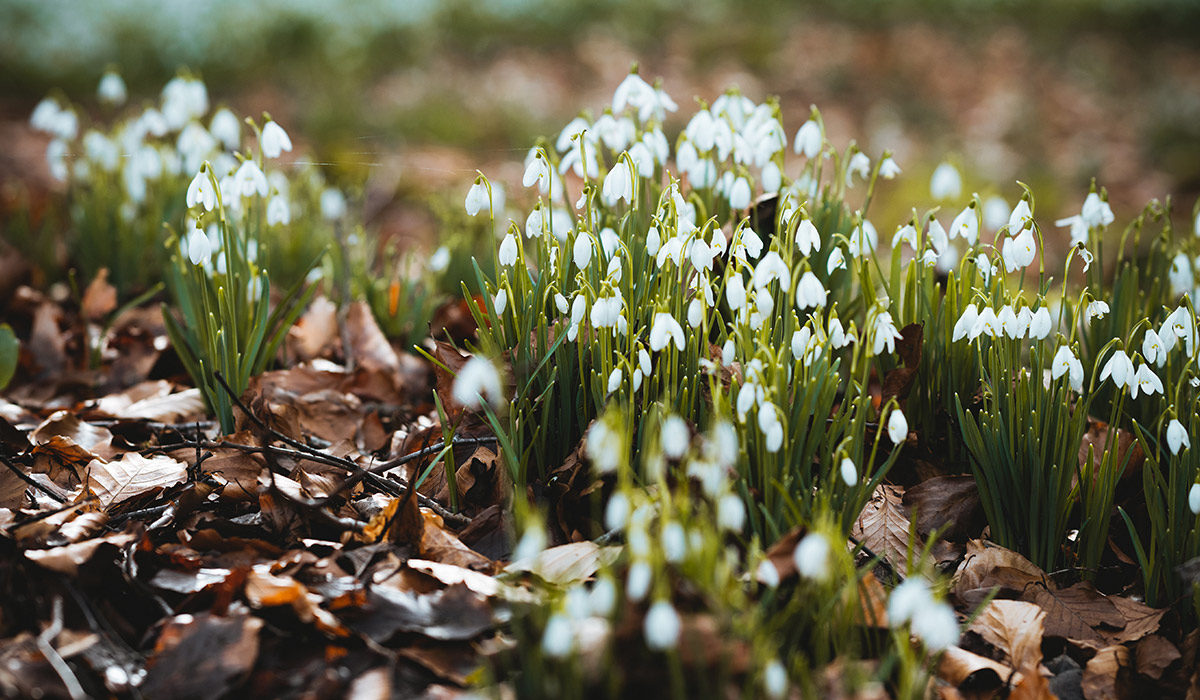Noticing the Dead Things

Like most people, for me, this season of Covid-19 has been challenging. Watching the daily news bring increasing numbers of deaths matches the gloomy, Chicago cold weather. On many days, I drag myself out for a long walk or bike ride only to be surprised and awakened by fresh air and the hope of spring. I’ve begun a practice on these days. I notice dead things and refuse to look away.
It may sound strange to seek death when our world is being taunted by it. But, I am reminded of the day between Good Friday and Easter. It’s not a day we get to skip but most of us do. We must face death in order to celebrate abundant life. So, in the midst of flowering daffodils and bright green grass, I stand reverently over a squirrel that lies motionless on the path. Or, I notice a tree that clearly will not bloom again, its branches dark and brittle. I grieve and groan at the mystery of why some things grow and others do not.
In my own way, I suppose, it is my private “Hell no.” Deep in my soul, I know something of what Andy Dufresne said in the 1994 movie, Shawshank Redemption: “That’s the beauty of music. They can’t take that away from you.” Life with Jesus is like that. While our world swirls with death’s sting, we can stare at dead things and still know we’re free. It’s perhaps what Paul meant in Galatians 2:20, “I have been crucified with Christ and I no longer live, but Christ lives in me.” Richard Rohr comments that he is “at home in a sacred and benevolent universe” with nothing to prove. (1) This resonates with me as I both breathe in fresh grass and crunch last autumn’s leaves.
My new ritual of noticing death during spring has grown roots of faith in me. In this, I’m reminded of an ancient hymn I used to hear when I was a child. The repeating question was part of a haunting chorus: “Were you there when they crucified my Lord? Sometimes it makes me tremble.” In my six-or seven-year-old mind, I remember wondering about this question. Of course, I wasn’t there. This happened a long time ago. A well-intended nun explained that we are each guilty of Jesus’ crucifixion, which was a terrible message to my young heart. I immediately picked up the heavy shame she’d given me. It was ironic that the nun explained the cross in a way that added shame rather than abolish it. In my late teens, the evangelical world whispered a similar message. The question, “Were you there when they crucified my Lord?” reflected the degree I was willing to suffer. In other words, did I have enough discipleship grit to follow Jesus while living in our “secular, adulterated” culture? When I sheepishly answered “no” in my heart, shame again was piled high.
It’s only been in these past few years this old hymn makes sense to me. It is not about blame or responsibility or followership. The haunting question is: Am I willing to look at my life in its entirety – in all the places of harm, hiddenness, death, and shame, and still see Jesus? In short, Am I willing to look at dead things knowing abundant living is also found in the here and now?
(1) Rohr, Richard. Center for Action and Contemplation. Retrieved from https://cac.org/shared-identity-2015-06-23/.
